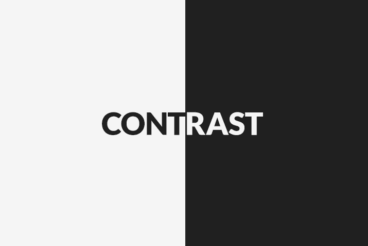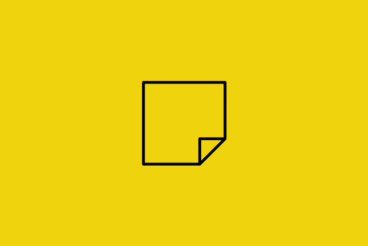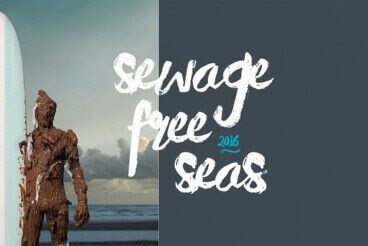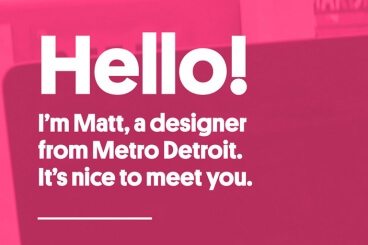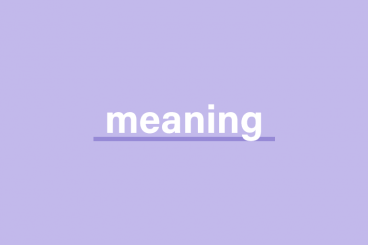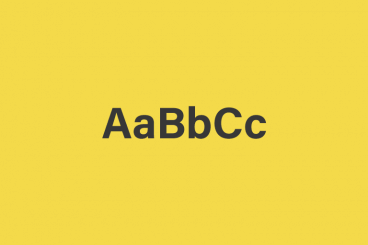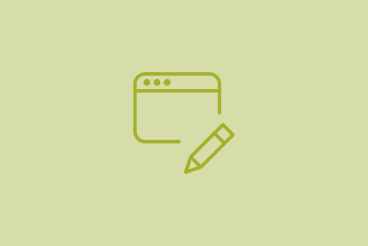
Business / 10 Apr 2017
Good Design Starts With Real Content
You’ve probably heard the phrase “content is king.” Cliches aside, it really is. When it comes to website design, quality content is the cog that powers usability, user flow and conversions.
You need real and authentic elements to create a connection with users to engage them. The best designs start with content that is close to the final product, and designers should be reluctant to work with anything less. But what is real content anyway? Here’s a guide to get you started.
